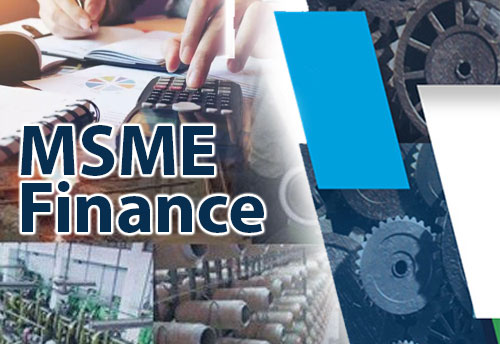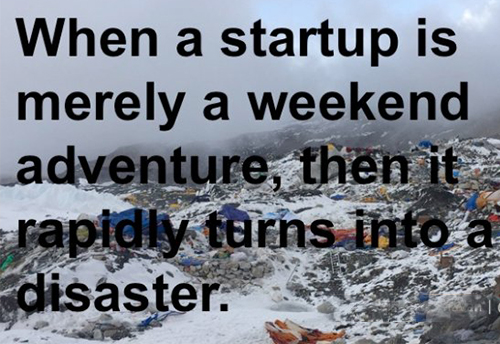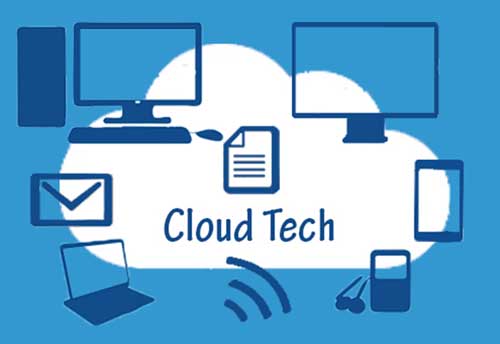Financing MSMEs in 2021: Challenges & Opportunities
Updated: Jan 12, 2021

Financing MSMEs in 2021: Challenges & Opportunities
By Shachindra Nath, Executive Chairman & Managing Director, U GRO Capital
------------------
MSMEs play a critical role in the equitable socio-economic development of India. The sector contributes about 30% of India’s GDP and about 48% to exports while playing a pivotal role in employment generation, especially in semi-urban and rural areas. The success of this sector is, therefore, vital to India’s sustainable economic development.
However, the lack of timely, affordable formal credit has kept the sector from realizing its full potential as cash-starved small businesses struggle to invest in technology, upskill workforces, and enhance infrastructure. The situation has been exacerbated by the compounding impact of the COVID-19 pandemic, which has triggered a global economic slowdown. Due to severe liquidity crunch and poor demand caused by subsequent lockdowns, many small businesses are struggling with business continuity while others have shut shop temporarily or permanently.
In 2021, we need to create a roadmap of recovery for this dynamic sector, essential to achieve the vision of Atmanirbhar Bharat - India's vision of economic self-reliance.
Financing Instruments and Lending Ecosystem
MSMEs need access to working capital on time but accessing credit from traditionally risk-averse lenders like banks and NBFCs, is becoming increasingly difficult as lenders are keen on reducing the risk of NPA. Due to a lack of adequate credit history and formal records, MSMEs are often required by banks to furnish sufficient collaterals, which may not be available, at least with first-time entrepreneurs. The absence of this has hampered low-cost credit disbursal to small businesses.
Instead of asset-based credit, cash flow based lending can help promote the credit flow, as in this model, lenders extend credit to MSMEs based on their projected future cash flows instead of business assets. Traditional lenders, partnered with the right fintech players can lend to MSMEs through cash flow based lending while reducing the risk of NPAs.
MSMEs can also benefit from a lending ecosystem that can promote seamless access to capital and overall ease of doing business. Policy reforms are essential to creating lending infrastructure innovations. For example, the Open Credit Enablement Network or OCEN protocol introduced to 'democratize credit. It’s a set of APIs that will connect lenders like banks and NBFCs, and marketplaces and enable them to extend low-cost credit digitally to MSMEs. OCEN is basically a credit rail aimed at digitizing India's credit infrastructure, standardizing the loan application process, and making them faster and more hassle-free. It will establish a uniform protocol for lenders and help them offer small-ticket loans.
GeM Sahay is another path-breaking initiative to reshape the MSME credit ecosystem. One of OCEN's pilot projects is a government e-marketplace platform that allows LSP (Loan Service Providers) to offer low-cost capital to small businesses.
MSME: Digital Transformation
In the wake of the COVID-19 pandemic, digitization has been the need of the hour to ensure business continuity and enable recovery, building resilience and competitiveness in the post-pandemic era. The pandemic has increased the demand for seamless, secure, and remote services. Consequently, small businesses need to redefine their business models and embrace digital transformation. For example, many brick-and-mortar stores have rolled out websites or apps or created shops on online marketplaces with digital payment capabilities. By moving online, MSMEs can cater to a larger audience base, offering them an end-to-end online shopping experience with maximum convenience. An online presence can also help small businesses create a digital footprint, which improves formal credit accessibilities.
Technology can boost the operational efficiencies of MSMEs by helping them automate and streamline many business processes. For example, innovations like cloud services, CRM, accounting, and ERP systems, can ensure faster and better services at a reduced cost. To ensure future success, MSMEs need to improve their technical know-how. They need to upskill their workforces in new-age innovations like big data analytics, AI, ML, IoT, and more. More centralized support driven by policy reforms is essential to drive MSME digital literacy.
Role of Banks and NBFCs
The newly-introduced Co-Lending Model (CLM) can enable banks to co-lend with registered NBFCs and HFCs and extend capital to underserved MSMEs. All involved parties stand to benefit from this model. With NBFCs as the sole point of borrower interface, banks can capitalize on the greater reach, operational abilities, and technical capabilities of NBFCs who ensure better last-mile connectivity. Thus banks can serve larger markets without incurring high operational costs. On the other hand, NBFCs, currently battling a liquidity crunch, can access liquidity and financial backing from larger banks.
Digital lending can improve the credit disbursal processes by making them faster, safer, and more convenient for borrowers, who are increasingly looking for contactless services. Lenders can build digital customer service interfaces that can remotely cater to small businesses, even in far-flung locations, and reduce operational expenses.
Technology also provides digital lenders the opportunity to identify the credit-risks of potential borrowers by analyzing customer data from alternative sources, such as their online behavior. This is especially beneficial for thin-file borrowers as it helps lenders rely less on formal documents and assess their creditworthiness quickly and more accurately. By harnessing the power of AI, ML, Big Data analytics, and other game-changing innovations, lenders can build a more comprehensive credit risk profile, detect and mitigate fraud and NPA risks. Both lenders and borrowers can benefit from an enhanced risk management framework, facilitating more insight-driven, quick decision-making in loan underwriting.
MSME financing can help the sector emerge stronger and be globally competitive, thereby ensuring the nation's economic growth and promoting financial inclusion.








 Loading...
Loading...





COMMENTS
Thank you for your article. Due to MSME Loans its is very easy to start a new business. You can get it from NBFC Bank such as Lendingkart with ease and hassle-free procedure.
Brilliant article! Running a business during the pandemic is really difficult… But due to the new Government initiatives, it has become very easy to apply for a small business loan, SME loan or MSME loan depending on the size of your enterprise… There are many good fintech companies like LendingKart that offer easy and quick loans to expand a business with minimal documentation…